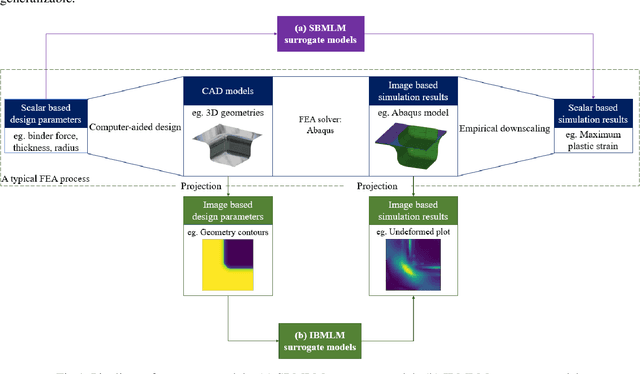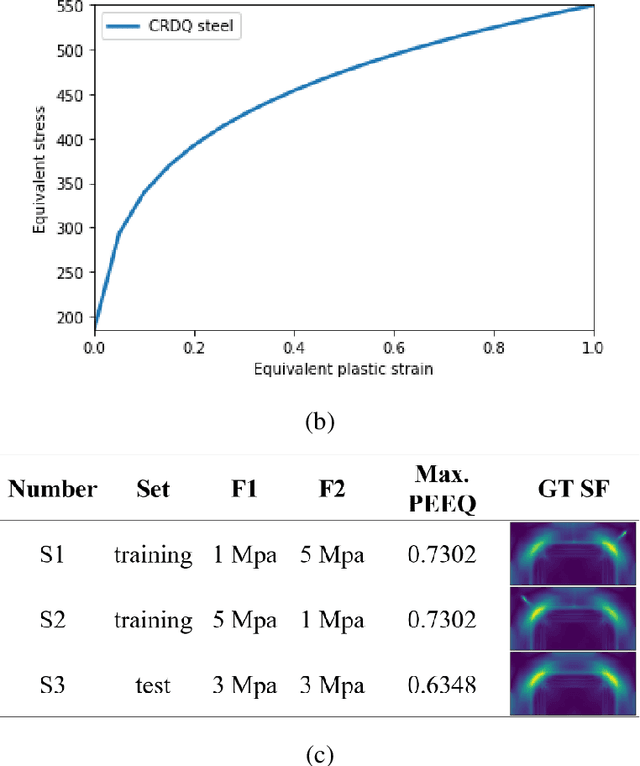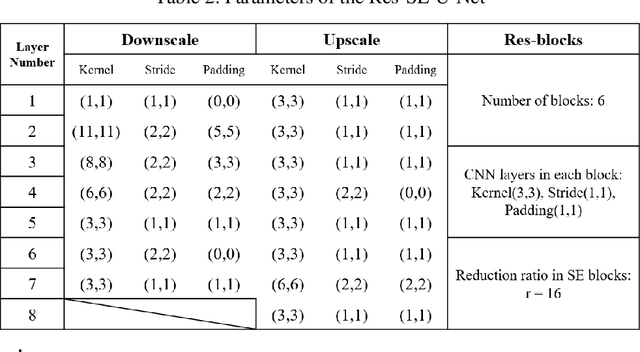Qingfeng Xu
UNeR3D: Versatile and Scalable 3D RGB Point Cloud Generation from 2D Images in Unsupervised Reconstruction
Dec 10, 2023Abstract:In the realm of 3D reconstruction from 2D images, a persisting challenge is to achieve high-precision reconstructions devoid of 3D Ground Truth data reliance. We present UNeR3D, a pioneering unsupervised methodology that sets a new standard for generating detailed 3D reconstructions solely from 2D views. Our model significantly cuts down the training costs tied to supervised approaches and introduces RGB coloration to 3D point clouds, enriching the visual experience. Employing an inverse distance weighting technique for color rendering, UNeR3D ensures seamless color transitions, enhancing visual fidelity. Our model's flexible architecture supports training with any number of views, and uniquely, it is not constrained by the number of views used during training when performing reconstructions. It can infer with an arbitrary count of views during inference, offering unparalleled versatility. Additionally, the model's continuous spatial input domain allows the generation of point clouds at any desired resolution, empowering the creation of high-resolution 3D RGB point clouds. We solidify the reconstruction process with a novel multi-view geometric loss and color loss, demonstrating that our model excels with single-view inputs and beyond, thus reshaping the paradigm of unsupervised learning in 3D vision. Our contributions signal a substantial leap forward in 3D vision, offering new horizons for content creation across diverse applications. Code is available at https://github.com/HongbinLin3589/UNeR3D.
A study on using image based machine learning methods to develop the surrogate models of stamp forming simulations
Sep 30, 2020



Abstract:In the design optimization of metal forming, it is increasingly significant to use surrogate models to analyse the finite element analysis (FEA) simulations. However, traditional surrogate models using scalar based machine learning methods (SBMLMs) fall in short of accuracy and generalizability. This is because SBMLMs fail to harness the location information of the simulations. To overcome these shortcomings, image based machine learning methods (IBMLMs) are leveraged in this paper. The underlying theory of location information, which supports the advantages of IBMLM, is qualitatively interpreted. Based on this theory, a Res-SE-U-Net IBMLM surrogate model is developed and compared with a multi-layer perceptron (MLP) as a referencing SBMLM surrogate model. It is demonstrated that the IBMLM model is advantageous over the MLP SBMLM model in accuracy, generalizability, robustness, and informativeness. This paper presents a promising methodology of leveraging IBMLMs in surrogate models to make maximum use of info from FEA results. Future prospective studies that inspired by this paper are also discussed.
 Add to Chrome
Add to Chrome Add to Firefox
Add to Firefox Add to Edge
Add to Edge